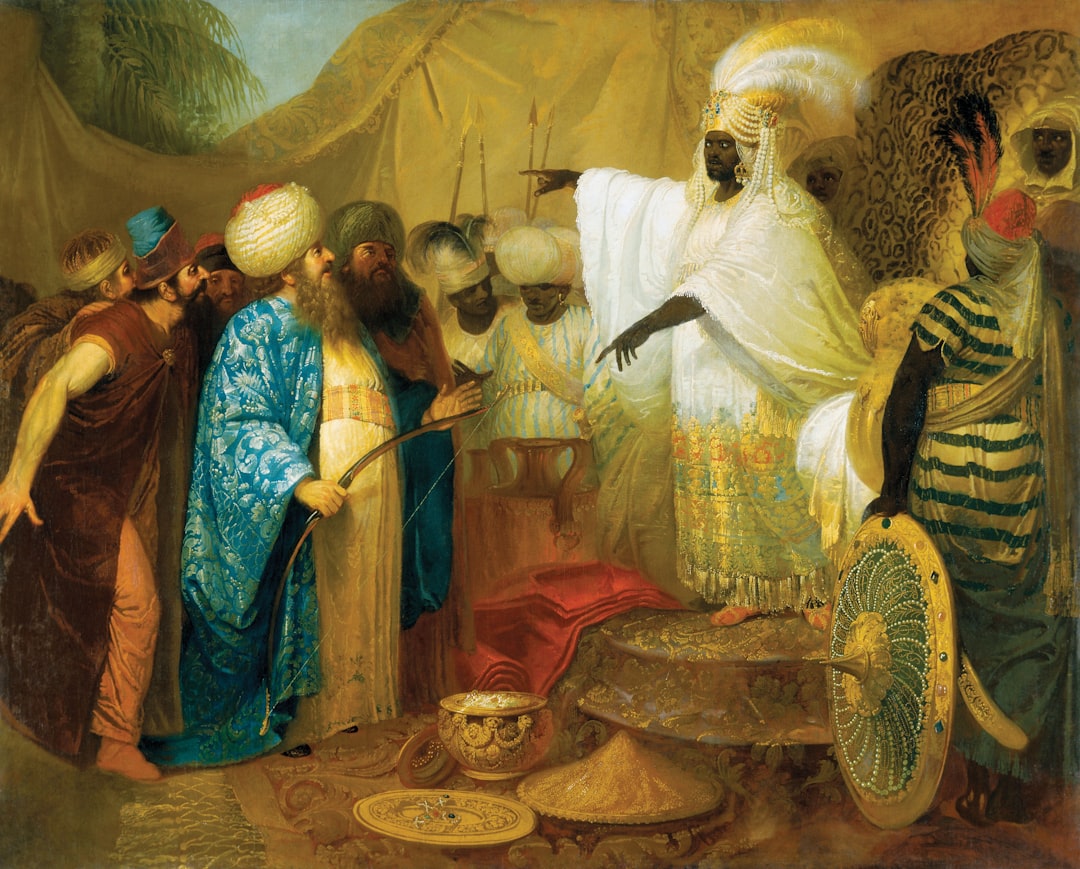Sufism often describes the seeker’s journey in two complementary registers: the maqāmāt (مقامات, “stations”)—the graded, effort-based “stops” on the path—and the aḥwāl (أحوال, “states”)—the transient, grace-bestowed experiences that visit the heart. By understanding both, the aspiring dervish can chart an inner map toward Divine Presence.
1. Stations vs. States: Two Modes of Spiritual Progress
-
Stations (Maqāmāt) are acquired through disciplined practice—repentance, renunciation, trust, and so on. Each station builds on the previous and becomes a stable virtue once fully internalized.
-
States (Aḥwāl) are bestowed by Divine grace, appearing unbidden as moments of ecstasy, fear, certainty, or other spiritual illuminations. They are fleeting, urging the seeker onward rather than serving as permanent attainments.
While maqāmāt form the backbone of the path—what the Sufi must cultivate—aḥwāl provide the living spark, reminding the heart of its ultimate Beloved.
2. The Seven Classical Stations
Drawing on al-Qushayrī’s Risālah and al-Ḥujwīrī’s Kashf al-Mahjūb, most manuals agree on seven foundational maqāmāt:
-
Tawba (توبة, Repentance)
-
Waraʾ (ورع, Watchfulness/Abstinence)
-
Zuhd (زهد, Renunciation)
-
Faqr (فقر, Spiritual Poverty)
-
Ṣabr (صبر, Patience)
-
Tawakkul (توكل, Trust in God)
-
Riḍā (رضا, Contentment)
Each station marks a deeper mastery over the lower self—turning moral effort (jihad al-nafs) into an enduring quality of the soul.
3. The Ten Evocative States
By contrast, aḥwāl are moments of lived encounter. Classical Sufi writers enumerate states such as:
-
Meditation (muraqabah)
-
Nearness (qurb)
-
Love (maḥabbah)
-
Fear (khawf)
-
Hope (rajāʾ)
-
Longing (shawq)
-
Intimacy (uns)
-
Tranquility (sakīnah)
-
Contemplation (fikr)
-
Certainty (yaqīn)
These states are not arranged in a fixed hierarchy: they ebb and flow, offering the seeker signposts of Divine favor and challenges to greater surrender.
4. How Stations and States Interact
-
Labor and Gift
-
A Sufi may labor in the station of patience (ṣabr) during hardship, and gift in the state of certainty (yaqīn) when insight dawns.
-
-
Trigger and Response
-
A sudden state of fear (khawf) can expose unmastered desires, directing effort back to the station of renunciation (zuhd).
-
-
Stability and Transience
-
While the station of trust (tawakkul) endures, the state of intimacy (uns) may visit unpredictably—each enriching the other.
-
Classical masters like al-Ḥujwīrī remind us that the true path lies neither in mere ecstatic feeling nor in dry ritual but in the harmonious interplay of inner gift and outer discipline.
5. Illustrations from the Texts
-
Al-Ḥujwīrī (Kashf al-Mahjūb): Describes the momentary “dazzling of the heart” (state) that follows long nights in vigil (station).
-
Al-Qushayrī (Risālah): Quotes early saints whose fear-and-hope cycles (states) insisted them back into the steady practice of remembrance and detachment (stations).
-
Ibn ʿArabī: Celebrates how “spiritual wine” intoxicates the soul (state) only after the cupbearer of poverty (station) has humbled the heart.
6. Relevance for Modern Seekers
-
Holistic Growth: Recognizing that both effort and grace shape spiritual life guards against burnout (endless striving) and hedonism (chasing thrills).
-
Personalized Practice: Not everyone traverses the stations in identical order; states may emerge that call for returning to an earlier station.
-
Psychological Insight: Mapping one’s own patterns of patience, trust, fear, and love can transform personal challenges into guideposts on the path.
“He who knows no grievance knows no gratitude; he who treads no path of patience tastes no fruit of certainty.”
By charting both the stable roadmap of maqāmāt and the fleeting waymarks of aḥwāl, classical Sufi manuals offer seekers a nuanced compass—guiding the soul from the foothills of discipline to the summit of Divine union.





